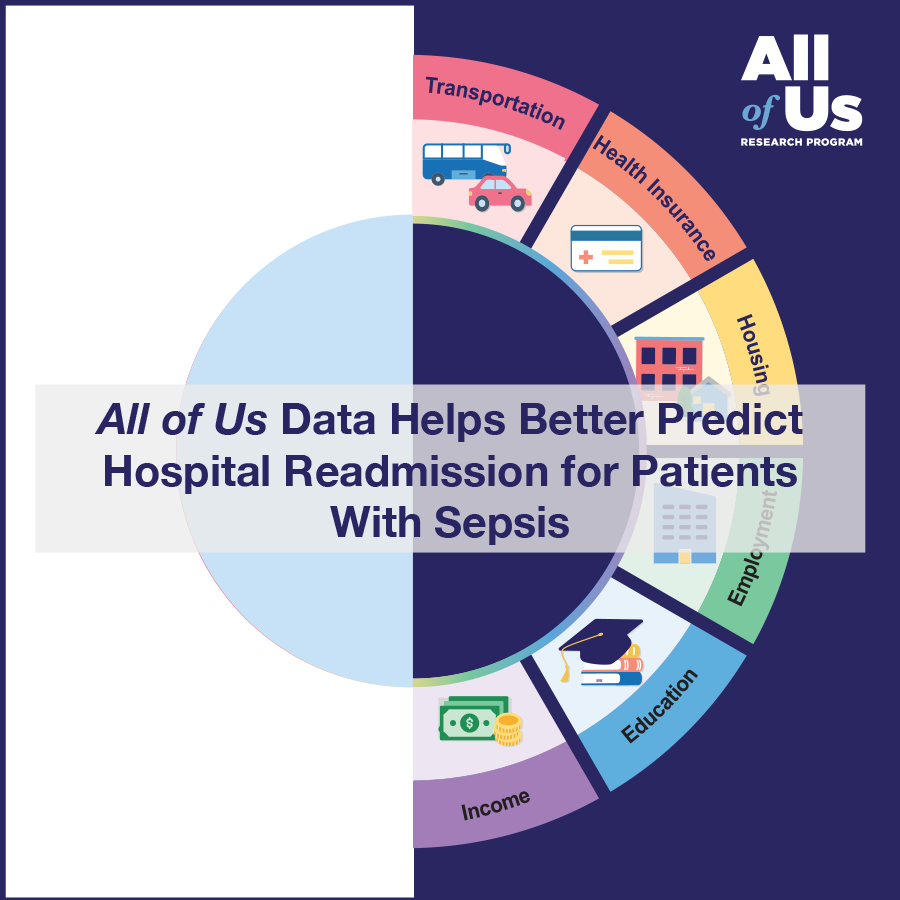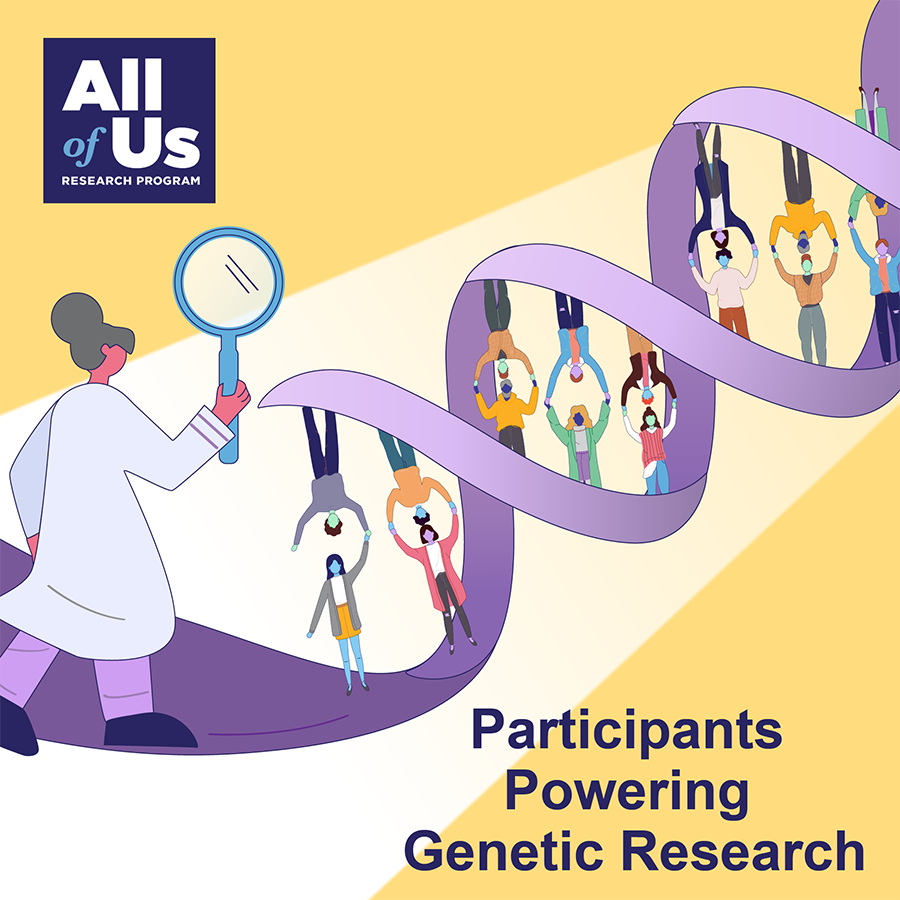
Key points
- Glaucoma is a serious eye disease that can be treated.
- Researchers looked at data from surveys and electronic health records (EHRs) to find participants with glaucoma.
- For most study participants, glaucoma showed up in either their survey or their EHR, not in both places.
- The mismatching data could mean that many participants with glaucoma do not know they have this eye disease.
Glaucoma is a treatable eye disease. Previous studies show that some people with glaucoma may not know much about their disease. This is concerning because glaucoma can lead to vision loss and blindness.
Researchers looked at All of Us data to find out whether participants know they have glaucoma. The results suggest that many participants with glaucoma may not know they have this eye disease.
The findings were published in the journal Ophthalmology Glaucoma.
Combining Data Types to Learn More
All of Us participants can choose to share their electronic health records (EHRs) from their health care providers. EHRs are secure records where health care providers track a person’s diseases, treatments, and other health information.
Participants also can share their medical history if they complete the All of Us Personal and Family Health History survey. This is called self-report.
Researchers looked at whether a glaucoma diagnosis was recorded in both the participants’ EHRs and their surveys. The researchers also studied whether awareness about glaucoma differed among groups.
Understanding Glaucoma Awareness in All of Us
The researchers counted 6,001 participants with glaucoma. Only 1 in 3 of these participants had glaucoma recorded in both their EHR and survey.
Almost half of participants who had a glaucoma diagnosis in their EHR did not self-report it in their survey. Likewise, 50% of participants who listed glaucoma in their survey did not have it in their EHR.
There could be several reasons why study participants’ surveys and EHRs do not line up. Some participants may not know they have glaucoma. Others may think they have glaucoma when they actually have another eye disease.
Mismatches between EHRs and surveys were more common in people who identify as African American/Black and as Hispanic/Latino. The researchers also found that the chances of having mismatched records increased with age.
A Signal for More Patient Education
By looking at EHR and self-reported data together, researchers help create a more complete picture of health.
This study has some limitations. We do not know whether participants completed their surveys before or after they were diagnosed with glaucoma. Also, some participants may not have shared EHRs from their eye care providers.
More research is needed to learn why self-reported data and EHR data do not always match. Still, checking for these differences could help health care providers identify who may need more education about their conditions.
If you have questions about glaucoma, use this guide to talk with your health care provider.
Interested in All of Us?
- Read more research highlights.
- Learn about participation in the program.
Conduct research with All of Us
- Learn about opportunities for researchers.
- Find funding to support research using All of Us data.
- See more research projects made possible by All of Us data and tools.


